 When bones start to go ‘soft’, it’s time to face the hard truth.
When bones start to go ‘soft’, it’s time to face the hard truth.
An insidious and silent disease, osteoporosis doesn’t manifest in the early stages. It has no signs or symptoms until a serious injury or fracture occurs. You may not know you have the disease until a small bump or fall causes you to break a bone.
Osteoporosis is a condition in which bones lose calcium and become “porous”. This makes the bone more susceptible to breakage. Bone begins to break down quickly and does not regenerate at a sufficient pace. If you smoke cigarettes and are over 50 years of age, have a diet low in calcium, or are a woman with early menopause, your risk of osteoporosis increases.
Why is it called silent killer?
The physical manifestations of osteoporosis are not evident In the early stages. Sometimes, you may experience a dull bone or muscle pain in the lower back or neck, which escalates to sharp, nagging pain lasting for months. As it progresses, bones become weaker, and your risk for a fracture increases. Bones in the wrist, hip, and spine are most commonly fractured in individuals with this disease.

- Osteoporosis is a public health concern and affects more than 200 million individuals worldwide.
- About 85-90% of total bone mass is achieved by age 18 in girls and age 20 in boys.
- Think prevention: build strong bones from childhood. Preventive measures for kids can help prevent osteoporosis later in life.
- 80% of patients with osteoporosis are women. 20% are men.
- 1 out of every 2 women and 1 in 4 men over age 50 will break a bone in their lifetime due to osteoporosis.
- Osteoporosis can strike at any age. But, the older you are, the greater your risks.Those who are sedentary or on bed rest for a while have higher risks.
- Smoking or drinking alcohol excessively limits calcium absorption, which increases your risk for osteoporosis.
 The key to keeping your bones healthy is: Eat right, exercise, and stop smoking and don’t drink alcohol excessively.
The key to keeping your bones healthy is: Eat right, exercise, and stop smoking and don’t drink alcohol excessively.
Nutrition is important: Proper intake of calcium and vitamin D help make your bones strong.
The case for exercise:
Exercise not only helps build muscle and endurance, it also builds and maintains bone density.
Two types of exercise for osteoporosis are:
- Weight-bearing in nature. These include walking, dancing, stair climbing depending on age and physical condition. Most experts recommend at least 30 minutes of moderate intensity 5 times /week.
- Resistance (this includes lifting weights). This has shown to increase bone mass and reduce risk of fractures.
As you age, concerns about performing the right types of exercise grow, especially if you already have osteoporosis, or at risk for it. If you’ve never been physically active, or have other concerns, you can choose from a range of safe exercise options prescribed by your therapist.
Guidelines for safe exercise:
- Talk to your physician and consult your therapist before beginning any exercise program. This is especially important if you know you have bone loss or osteoporosis.
- Avoid high-impact exercises (like running and jumping)- they put more stress on your spine, and may even lead to fractures in weakened bones.
- If you already have osteoporosis, be careful of exercises that involve bending and twisting at the waist. These motions can put brittle bones at risk.
Call us before choosing any of these activities to make sure you have an exercise plan that’s safe and effective for your bone health. Depending on your needs, we can create a program that combines postural strengthening, balance training and bone strengthening to provide you with an ideal, customized program. We know what it takes to build strong, healthy bones for individuals of all ages and look forward to working with you.
It’s time for a solid decision to strengthen and shape your bones. Call or email us today for more information.
